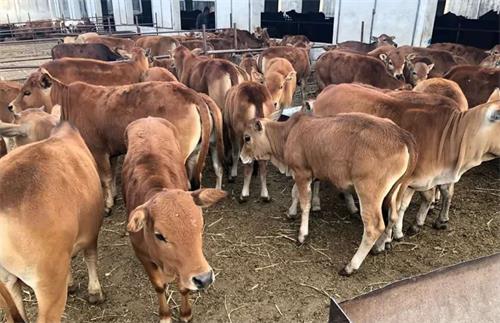Strengthen the feeding and management of cows during the dry period and peripartum period. Feed should be reasonably fed during the dry period, and cows should be examined by B-ultrasound to control the fatness and body condition of cows and prevent obesity. During the peripartum period, attention should be paid to the supplementation of vitamins A, D, E and trace element selenium, and the ratio of minerals Ca and P to reduce the retention of placenta and delayed uterine involution. Strengthen the environmental sanitation and disinfection of the delivery room to reduce the infection of reproductive organs after delivery; improve the self-delivery and midwifery methods. For normal multiparous cows, natural delivery is the main method. For primiparous cows, delivery should be performed when the fetus' limbs and hooves are exposed in the birth canal. Cows should be observed by B-ultrasound to minimize the traumatic infection caused by the entry of human arms or machinery into the cow's birth canal.
Implement postpartum monitoring of cows. Within 15 days after delivery, focus on monitoring the changes in uterine lochia (quantity, color, odor, inflammatory secretions, etc.), and use B-ultrasound to check the uterine condition of cows; 20-40 days after delivery, mainly monitor the process of uterine involution of cows; 40-60 days after delivery, observe B-ultrasound of cows, focus on monitoring ovarian activity and the time of first estrus after delivery.
B-ultrasound of cows
To improve the prevention and treatment effect of small pregnancy in dairy cows, bacterial culture and drug sensitivity test should be performed on uterine secretions of cows, and the main blood biochemical indicators of the herd (β-carotene, Ca, P, etc.) should be monitored regularly. When conditions permit, milk progesterone can be measured and analyzed, ketosis and latent mastitis of dairy cows can be monitored regularly, and B-ultrasound of dairy cows should be used for frequent inspection.
Attach importance to reproductive technology management, establish a reproduction record system, formulate main reproductive technology indicators and a dynamic monitoring program table for herd reproduction, improve the feeding and management technical measures of dairy cows, perform B-ultrasound inspections on dairy cows, enhance the health level of the herd, reduce small pregnancy, and improve the reproduction rate.







